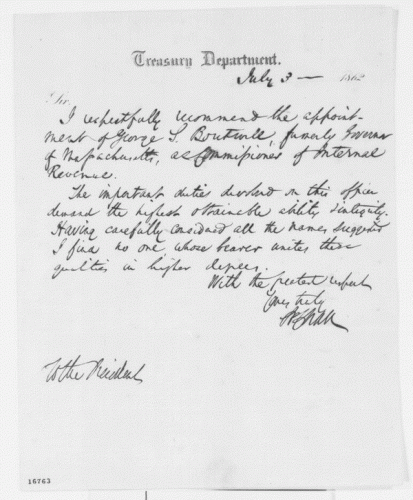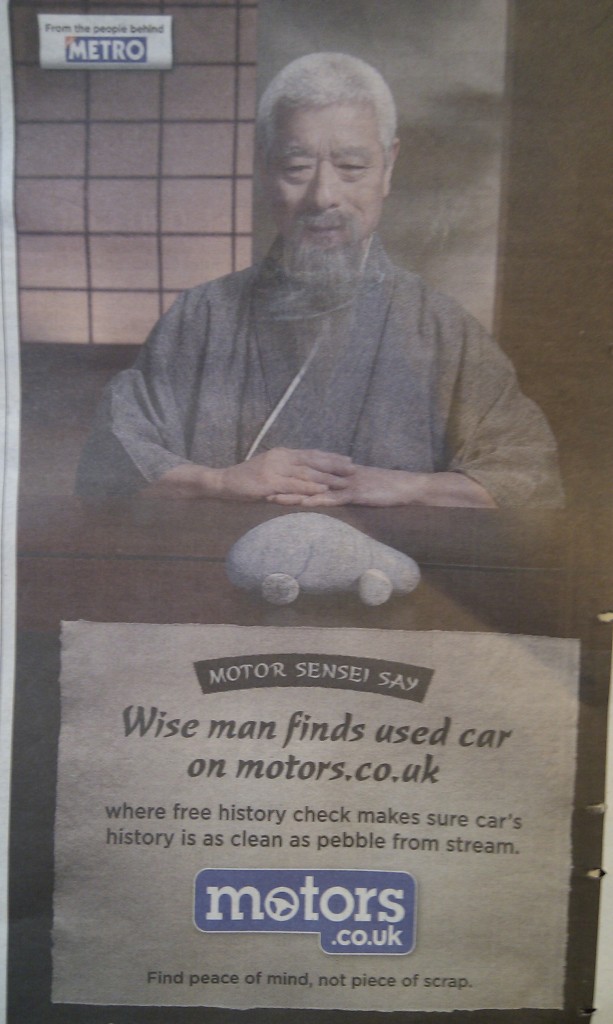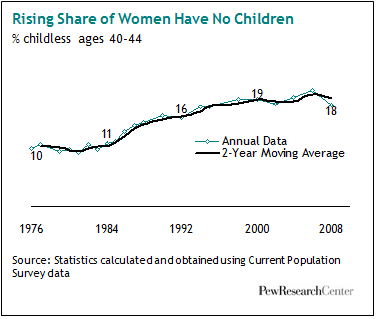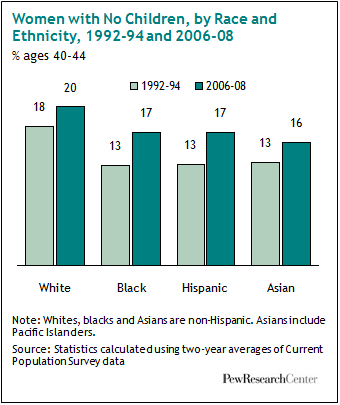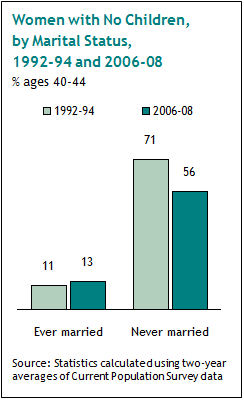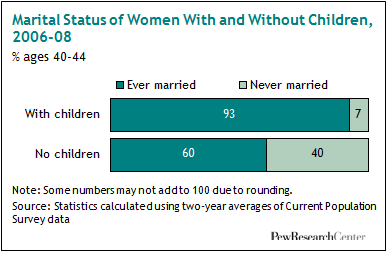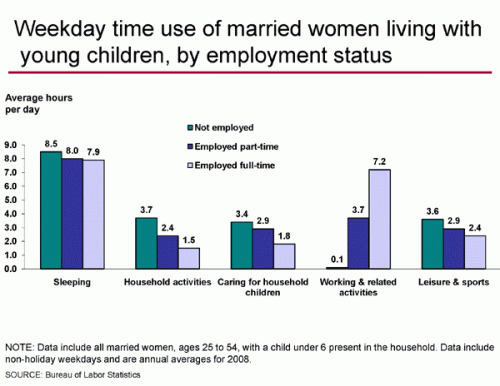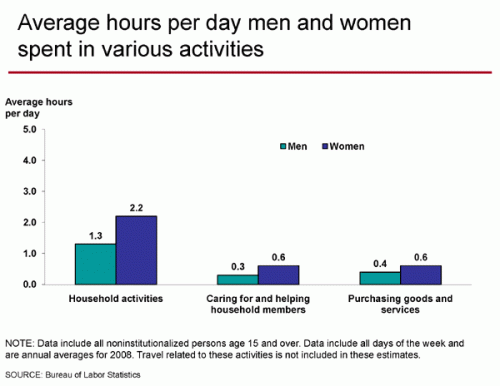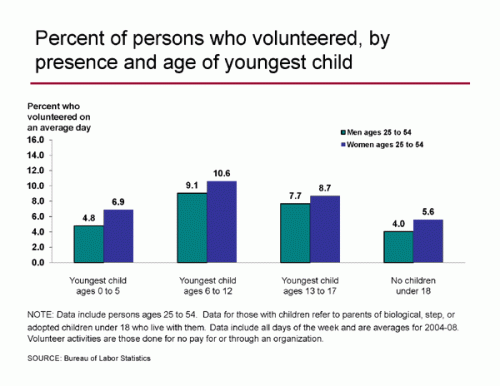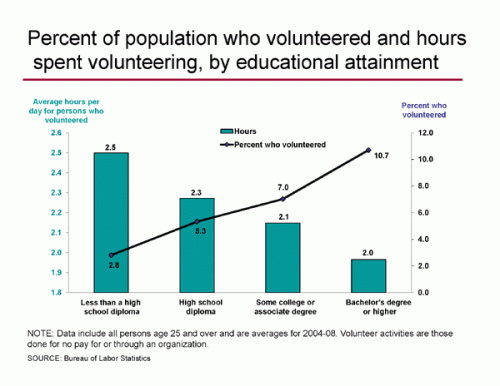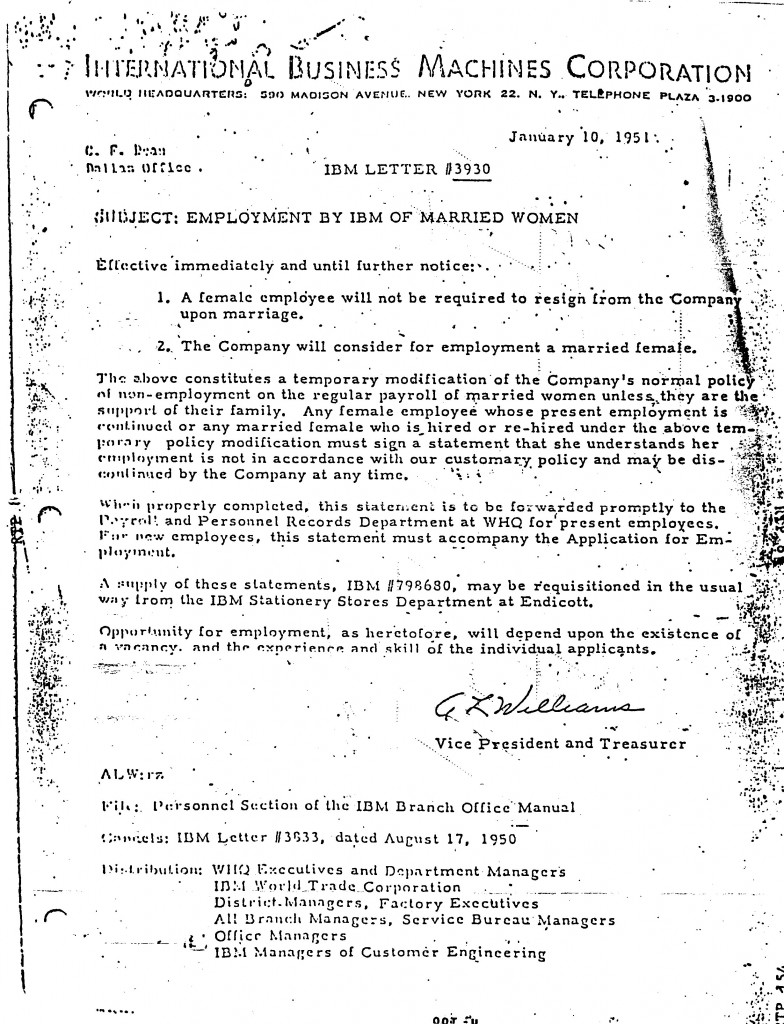Talking Points Memo posted a campaign ad for Rick Barber, a Tea Party-aligned Republican running for Congress in Alabama. In the ad, Barber first speaks briefly to George Washington about taxes. Then he turns to Abe Lincoln and makes a comparison between funding social services and slavery. The screen then flashes photographs of slaves, prisoners in Communist work camps, and Nazi concentration camps…because paying taxes and those historical events are all basically the same, you know:
Aside from the trivialization of some of the most horrendously cruel acts against humans in modern history, it’s rather ironic that Barber says, “We shed a lot of blood in the past to stop that, didn’t we?” I understand there were many conflicting allegiances in both the North and the South during the Civil War; I have ancestors who owned slaves and sided with the Confederacy and others who fought for the Union. You certainly can’t paint all Southerners with a broad brush. However, it still seems odd to have a guy running for office in a state that seceded from the nation, whose platform emphasizes opposition to social programs that disproportionately help non-Whites (that is, Whites are the majority of recipients, but non-Whites are represented at rates higher than their proportions in the U.S. population as a whole), co-opting the anti-slavery position, which certainly wasn’t a mainstream attitude among Southern conservatives at the time. [Note: I am not implying that opposing social programs is the same as slavery, but only that because the discourse around opposition to them is so often racialized — think the “welfare queen” stereotype — that it makes a jarring companion to associations with ending slavery.]
In another re-writing of history, the ad ignores the following (from the TPM post):
…Lincoln was a lifelong champion of the traditional Whig policies of “internal improvements” — that is levying taxes, usually through tariffs, to fund infrastructure projects throughout the country, and incorporating the principle of central banking. In addition to prosecuting the Civil War, Lincoln’s administration put all of those policies into effect, as his Republican Party’s political coalition was built upon the foundation of the northern Whigs.
Also, Lincoln was president when Congress passed the first income tax, implemented to raise money for the Civil War (U.S. Treasury):
When the Civil War erupted, the Congress passed the Revenue Act of 1861, which restored earlier excises taxes and imposed a tax on personal incomes. The income tax was levied at 3 percent on all incomes higher than $800 a year.
Here’s a letter from the Treasury Secretary to President Lincoln recommending someone for the new position of Commissioner of Internal Revenue (Library of Congress):
It’s a great example of the re-writing of, or ignoring huge parts of, history (which certainly both Democrats and Republicans do) to suit current political positions. Lincoln is useful as a symbol, not as a complex figure whose policy positions (including ambivalence about ending slavery) actually matter.
Related posts: MTV PSAs reference Holocaust, PETA’s Holocaust on Your Plate ads, romanticizing picking cotton, different ways of remembering national tragedies, Mammie souvenirs, Black women tend to White women, and the corporate plantation.

